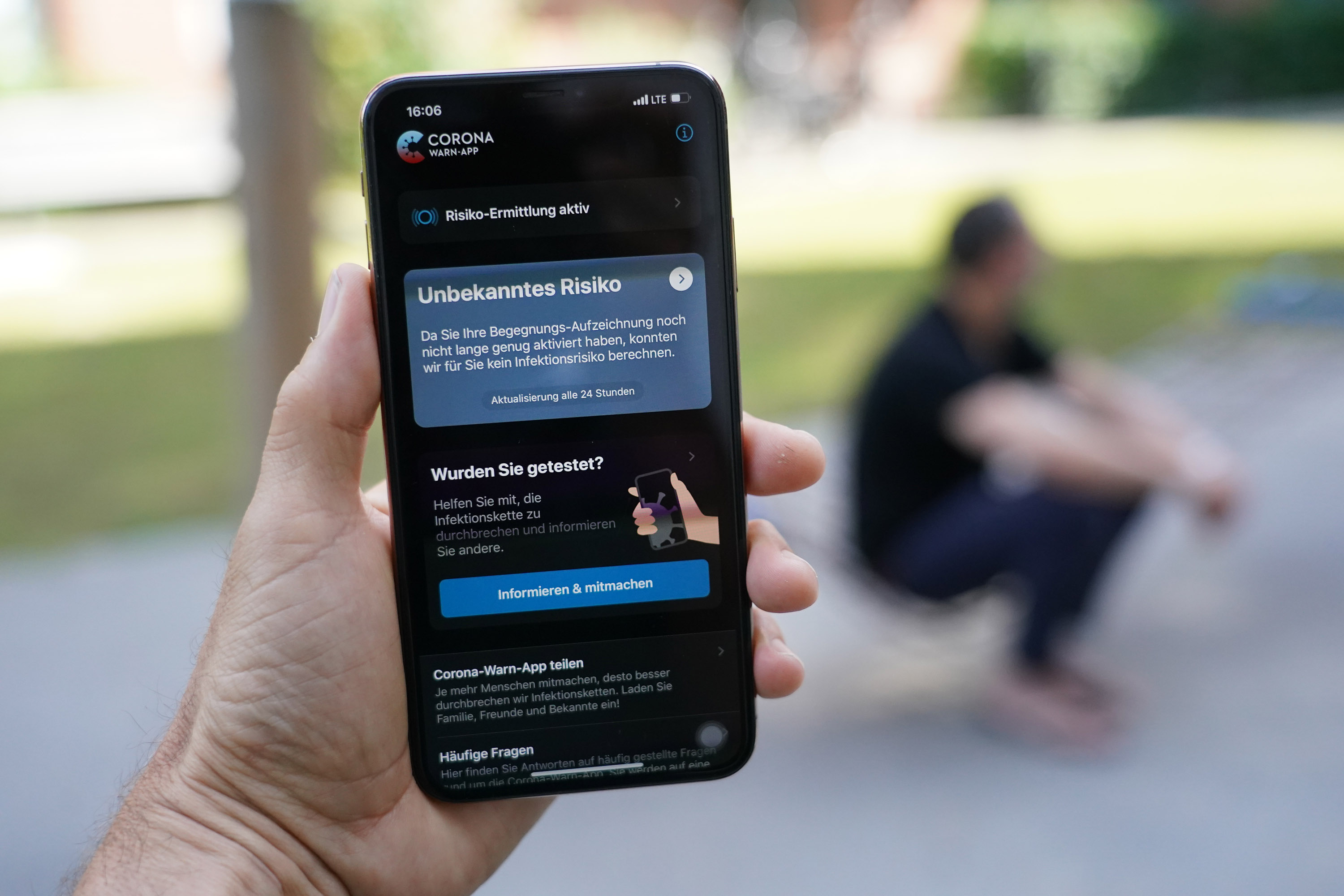

In states that allow the technology, exposure notification apps only detect a fraction of COVID-19 exposures because many people don’t opt in to the technology and some people who do participate don’t self-report their diagnoses in the app when they catch the virus.īut Samu said the app helped her confirm that she was exposed to COVID-19, and it led her to think she contracted the virus before she left for her weekend trip to Ohio. It's not exchanging your email, or your phone number or any of that.

#Corona tracker iphone software
“And even if we turned it on, it's not identifying information that the software is exchanging… It's not like it's exchanging your name. “No one's twisting anyone's arm and saying, ‘Hey, you have to do this’,” he said. Owens said he doesn’t understand the privacy argument given that it’s an opt-in system. “I have no idea why we're dragging our feet on this.
#Corona tracker iphone free
“After two years of this going on, I still can't believe that Ohio isn't taking advantage of something that's a free resource to everybody,” he said. According to Apple and Google, the tech does not use any location data.Ĭhris Owens, 47, of Columbus, said he has written to elected officials and health authorities in Ohio making the case for them to enable the exposure alerts. The alerts are anonymous and the time of the exposure is given as a window to protect privacy. Supporters of the exposure notification technology dismiss the privacy concerns, noting that every user has to opt in to the exposure notification system. Officials in the states that have declined to use the technology cited privacy concerns, among several other reasons, according to the analysis. states have adopted exposure notification technology. Government Accountability Office in Sept. When an Ohio user opens the “Exposure Notifications” section of their iPhone settings, a message pops up which says notifications are not currently available because the functionality has not been turned on by the local public health authority.Īccording to an analysis by the U.S. The technology is built into Apple's phone software, but while it’s available in New York, iPhone users in Ohio do not have access.

#Corona tracker iphone Bluetooth
“The exposure notification is a good reminder that COVID still exists, and like maybe take a test.”Īpple and Google created the “Exposure Notifications System” in 2020, which uses Bluetooth signals to alert users whose phones were in close proximity to the device of someone who reports a positive COVID-19 test to the app. “Getting that notification is helpful because even if you think, ‘Oh, I just coughed a couple times,’ or ‘Oh, maybe my throat was a little sore,’ it's a good gut check,” she said. Apple and Google developed a system for exposure alerts in 2020.Officials in states that aren't using it cited privacy concerns.Most states have enabled exposure notification alert technology.The next morning, she received an alert on her iPhone informing her she had been exposed on April 14 or 15, which gave her more confidence in her positive result. COLUMBUS, Ohio - Two days after Divya Samu, 27, flew from Cincinnati back home to New York last week, she took a COVID-19 home rapid test because she was feeling ill and tested positive.


 0 kommentar(er)
0 kommentar(er)
